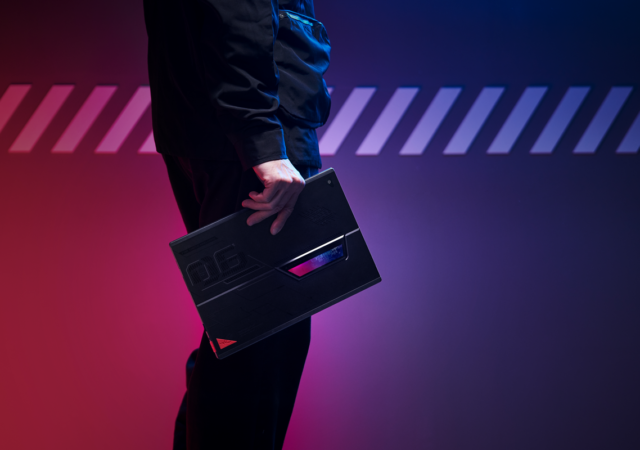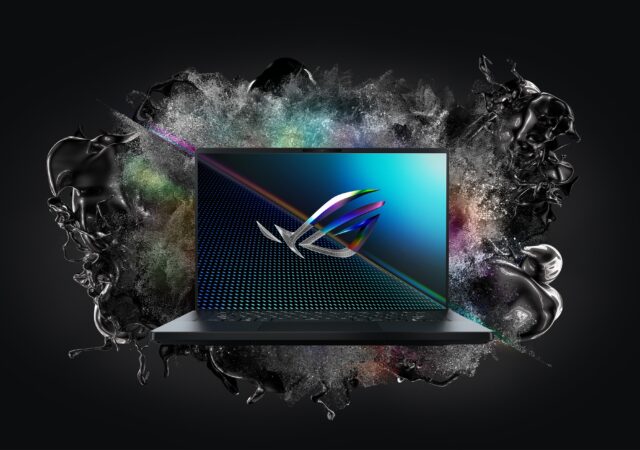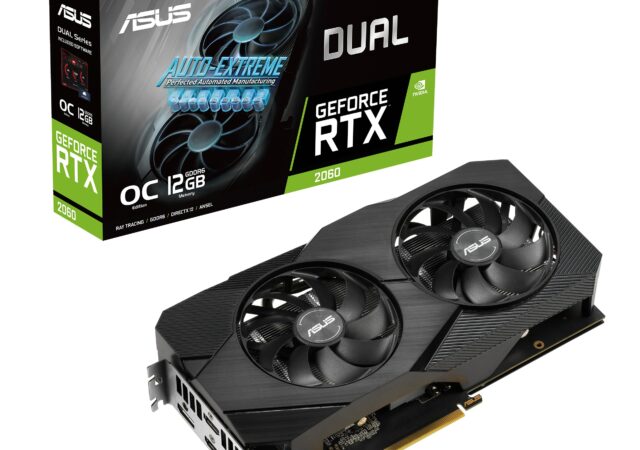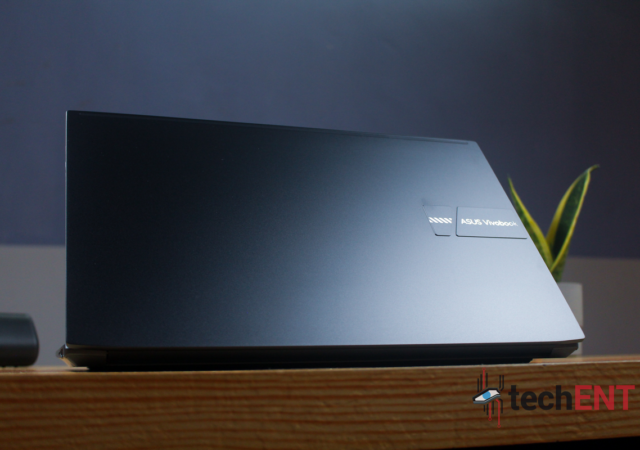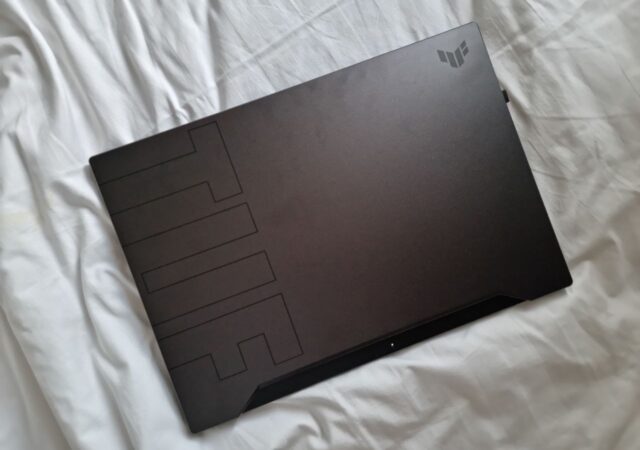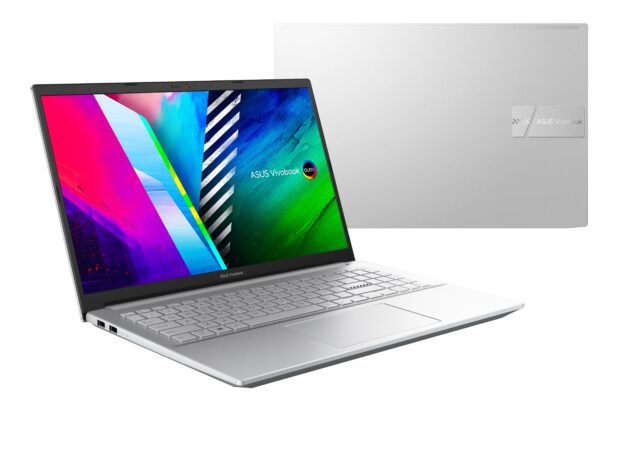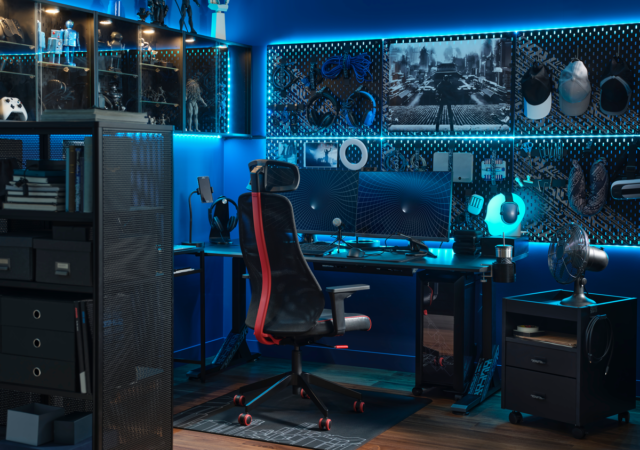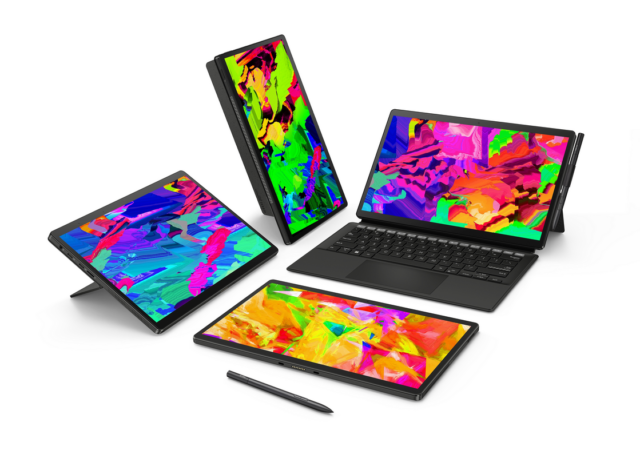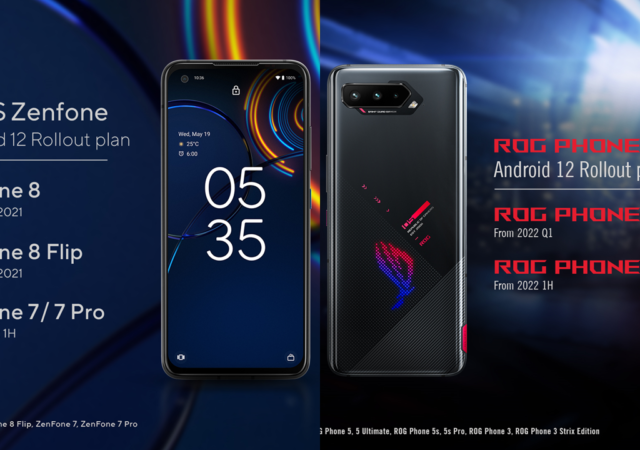ASUS announces the availability of their first ever gaming tablet, the ROG FLOW Z13 in Malaysia! It comes with specs to impress and price tag to match.
And Then, There is 12th Generation! ROG Brings the 2022 Zephyrus M16 and Strix G Series in Malaysia!
ASUS’ ROG has just launched two new gaming laptops with updated processors and a few other improvements on the devices in Malaysia.
ASUS Launches Their Version of the 12GB variant of the NVIDIA GeForce RTX 2060 GPU
ASUS launches their variant of the NVIDIA GeForce RTX 2060 GPU with 12GB of RAM in Malaysia for MYR 2,560.
ASUS VivoBook Pro 15 OLED (M3500QC) In-depth Review: Light on Weight, Heavy on Power & Kind on the Bank
A laptop has become one of the pieces of technology that we can’t do without. Most of the time, we’re stuck between choosing something that is chunky and powerful or sleek and light. However, in recent years, we’ve been seeing…
ASUS TUF Gaming Dash F15 In-Depth Review – Hey, This is Pretty Good!
ASUS’ TUF Gaming Dash F15 is their first thin-and-light gaming machine of its kind. It will set you back MYR 5,799. Is it worth its price?
More OLED for ASUS – The VivoBook Pro 14X, Vivobook Pro 15 and VivoBook 15 gets OLED Treatment
ASUS launches new Vivobooks with OLED displays. A 14-inch 16:10 Vivobook Pro 14x OLED, Vivobook Pro 15 OLED, and Vivobook 15 OLED.
Complete Your Gaming Set Up with ROG x IKEA
The ROG x IKEA gaming line up is making its way to Malaysia! IKEA will be launching the lineup on 11.11 with freebies and special offers.
ASUS Vivobook 13 Slate OLED Expands Vivobook Lineup
ASUS announces a brand new form factor for its Vivobook line up with the new Intel Pentium Silver powered ASUS Vivobook 13 Slate OLED.
ASUS Announces Android 12 Upgrade Plans
ASUS confirms its Android 12 upgrade roadmap for the Zenfone and ROG Phone line ups.
The ASUS ROG Phone 5s Series Soon to be Available in Malaysia for MYR 2,999 Onward!
ASUS launches the new ROG Phone 5s series in Malaysia! The new Qualcomm Snapdragon 888+ gaming smartphone starts at MYR 2,999.



